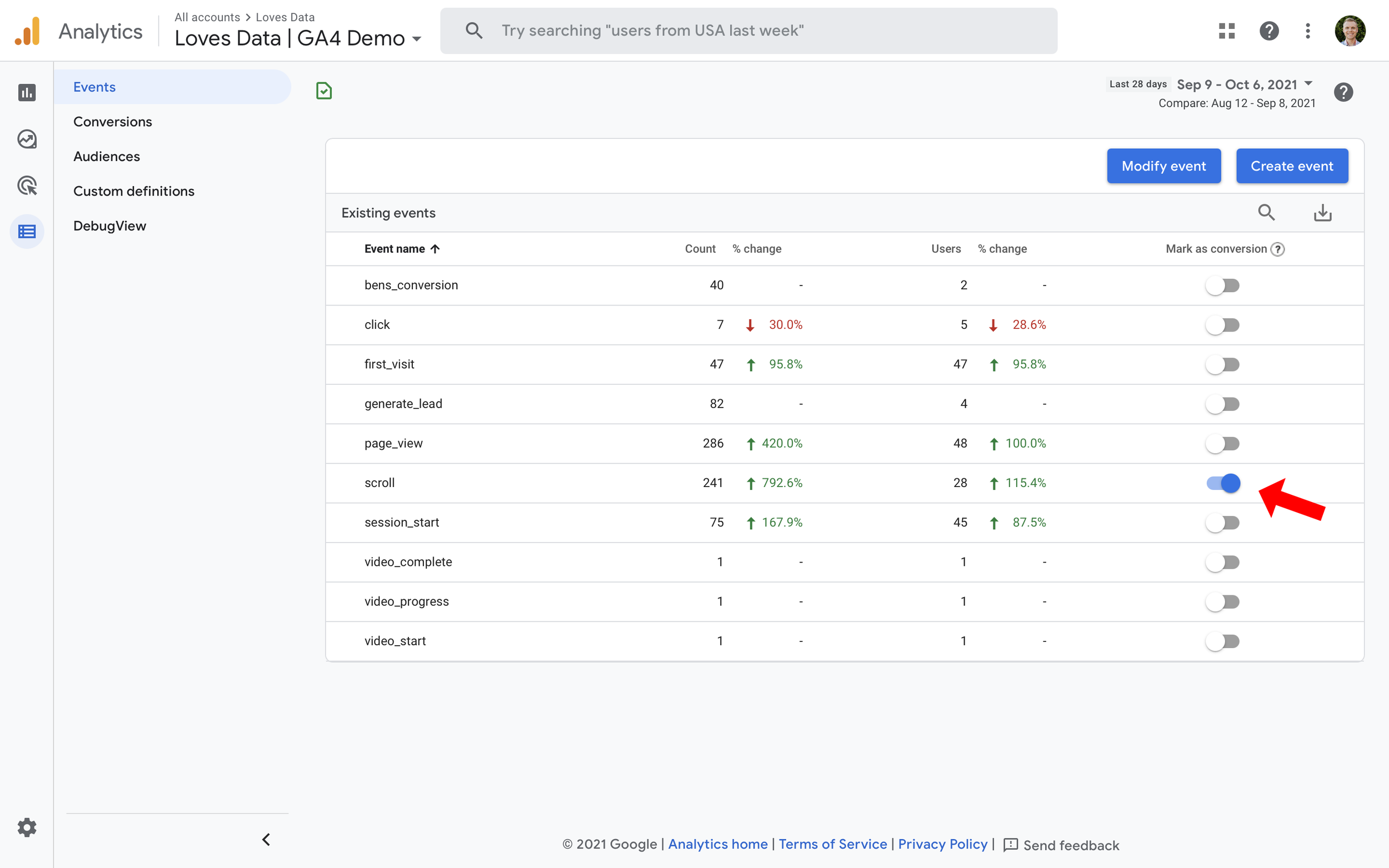All about Google Analytics Event Tracking
The 4-Minute Rule for Google Analytics Event Tracking
Table of ContentsThe Single Strategy To Use For Google Analytics Event TrackingGoogle Analytics Event Tracking Things To Know Before You Get ThisUnknown Facts About Google Analytics Event TrackingThe Ultimate Guide To Google Analytics Event TrackingGetting My Google Analytics Event Tracking To WorkAn Unbiased View of Google Analytics Event Tracking
If you're mosting likely to establish up occasion tracking manually, after that you're mosting likely to have to add some added code to the aspects you desire to collect information from. The code you're mosting likely to collaborate with will look something like this: There are 4 parts within that code snippet that you're mosting likely to need to define on your own: event, Classification, occasion, Activity, event, Label and event, Value.
As you can see, 2 of these are needed (classification and activity) while tag and value are optional. It all depends on the type of details you want communicated back to Google Analytics when a user clicks on the specified aspect (Google Analytics Event Tracking). It will be a lot easier to specify these parts if you evaluate your website and choose which elements/actions you wish to track
Excitement About Google Analytics Event Tracking
Now, you'll be asked to specify the and and you'll wish to pick from the drop-down food selection that shows up when you click. This will bring up the very same event tracking components we checked out earlier, which you'll need to complete. When you've defined these, you can relocate down to the 2nd box and choose the trigger that will certainly terminate your tag.
On the next screen, you'll also have an area for calling your trigger and, if you click on the box, you'll see a list of the different triggers you can choose. In this case, we wish to select and after that choose the alternative below. After that you'll set the trigger to just fire when an aspect is clicked with a link which contains the.
Easy - Event tracking! Event monitoring provides you a picture of how users involve with your website and business. Read on as we check out everything you require to recognize, including what it is, why you should track occasions, how to take care of occasions information, and other relevant FAQs you might have.
About Google Analytics Event Tracking
You can switch in between your occasion categories, actions, and labels in the Top Occasions report. The Occasion Pages record displays the web pages where events are caused.
It shows you the course they take as they move from one occasion to the following and helps you to establish which material engages your target market the a lot of. Occasions in Google Analytics you could look here have four main elements. They are likewise a component of the event tracking code. Google Analytics utilizes these codes to track individual communications and team them into special info event reports.
Pick "Variables" > "Configure". A listing of the criteria you can track on your web site is on the. Under Clicks, Forms, and Video clips, double-check each parameter. After checking all necessary fields, you can click "X" to shut the home window and return to the Review food selection on the.
The smart Trick of Google Analytics Event Tracking That Nobody is Discussing
If you have not done so, you may need to set up a variable in the Google Analytics Settings box. After this, enter your GA tracking ID in the Monitoring ID area.
Your ID will get on top of the display. To do this, follow the following collection of activities: After setting up the areas, select the "Triggering" section. When configuring your brand-new trigger, click the "+" button, after that the "pencil" button, after that choose your trigger kind. Tag your trigger and specify the problems that lead to trigger shooting.
The Main Principles Of Google Analytics Event Tracking

When it familiarizes which sections and components are assisting clients through your continue reading this conversion channel, you still will not understand. Without occasion monitoring, GA records will just count visits as single-page sessions, even if individuals invest a whole lot of time on one web page and involve with it considerably (and a bounce).
But just how does occasion monitoring accomplish this?Single-page sessions called bounces begin and end on the very same page. Without event monitoring, GA will certainly categorize a user's visit as a bounce if they don't browse to one more page, no matter of how they interact with it. A video-rich web page can have a higher bounce rate if occasions are not tracked.
10 Easy Facts About Google Analytics Event Tracking Described
For GA to take occasion hits right into account when determining bounce rates, you should select "Non-interaction event" as "False" throughout the GTM arrangement. Establishing "occasion goals" with event action is a superb way to track user tasks you value very, such as new lead submissions or clicks on a contact us to action.